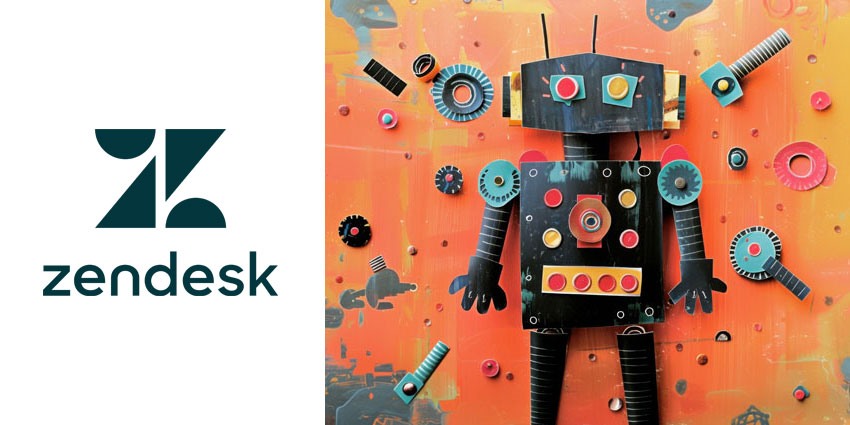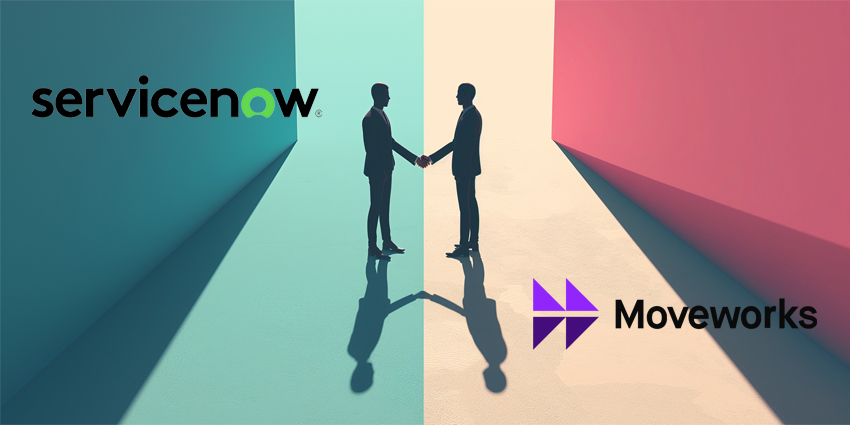Zendesk has introduced an AI Agent Builder as part of a massive release wave across its platform.
The solution allows customer service teams to build bots – or “AI Agents” as Zendesk now terms them – through natural language descriptions.
For instance, a user may type into the AI Agent Builder: “A customer wants to return a product.”
With this simple command, the solution will recognize the scenario and develop an AI Agent framework, which the user can review, test, and deploy.
In this example, that framework will contain steps like checking the order number, verifying which items the customer wants to return, and cross-referencing the return policy.
Yet, as Matthias Goehler, CTO for EMEA at Zendesk, told CX Today: “You can define any number of workflows in the same way.
What’s great is that business users can handle this without needing to design complex flowcharts or decision logic.
Still, developers may need to reference an API when devising AI Agents that cross multiple third-party applications.
However, Zendesk has taken much of the hard graft out of the virtual agent design process, allowing its customers to ice the AI cake before deployment.
Other Enhancements to Zendesk’s AI Agents
The AI Agent Builder helps automate customer contacts where the resolution follows multiple steps.
For simpler queries, Zendesk can also connect a single AI Agent to trusted knowledge sources so it autonomously answers them.
Now, the vendor has extended that capability to email and strengthened its Poly.AI partnership to soon bring all its conversational AI capabilities to the voice channel.
“When I first heard a Poly bot, I thought it was a human; it even had subtle dialects and varied pacing,” noted Goehler.
This natural-sounding voice, combined with real-time data processing, allows the bot to understand customer intent and guide them through processes.
As Zendesk tones its voice automation muscle, the CRM giant aims to help customers automate up to 80 percent of their customer service queries.
Nevertheless, Goehler accepts that there will always be instances when human interaction is necessary, whether that’s because of case complexity or customer preferences.
That’s why it continues to advance its Agent Copilot, which now boasts several new capabilities.
The “Enhanced” Zendesk Agent Copilot
Perhaps the most exciting new capability within Agent Copilot is its “Procedure” feature.
With this, contact centers can define procedures for the Copilot to follow on behalf of a live agent.
As with AI Agents, users can spell out these procedures in natural language, such as: “Do this first, then this, and finally this.”
Agents can then ask the Copilot to perform tasks during a live interaction, and it’ll do that – no matter if it’s scheduling an appointment, sending out shipping labels, or something else.
Moreover, Copilot may – in real-time – proactively suggest performing such procedures, share recommended responses, and provide guidance on overcoming the customer’s issue. That’s via the new “auto-assist” mode.
With this, the live agent remains in control of the conversation but can approve these prompts, so the Copilot does much of the heavy lifting.
“If the agent wants to adjust something, they can do that, too,” noted Goehler. “The AI keeps suggesting steps and solutions.
That is powerful, especially for companies dealing with high staff turnover, as new agents can get up to speed quickly with consistent, high-quality guidance.
Zendesk has also announced Agent Copilot for Voice to make many of its capabilities available during customer calls. Those include proactively offering agents live call insights, relevant knowledge base content, and more.
Finally, agents may leverage Copilot directly in their workflow. Indeed, it isn’t just available via sidebar or overlay; it’s now fully integrated into the Zendesk UI.
Elsewhere at Zendesk…
2024 has proven a big year for Zendesk. For starters, it entered the workforce engagement management (WEM) market after acquiring Klaus and Tymeshift.
Those proceeded its roll-up of Ultimate, which laid the groundwork for the new-look Zendesk AI Agents and provided the vendor with considerable conversational AI know-how.
Meanwhile, the CRM juggernaut has developed a customer messaging app with Meta, established a venture arm for AI startups, and announced new collaborations with AWS and Anthropic.
Yet, perhaps most interestingly, Zendesk recently hit the headlines for releasing an “industry-first” outcome-based pricing model.
The move is significant as CCaaS and CRM vendors have – by releasing AI solutions that could lower headcounts – made a rod for their own backs.
After all, many still use seat-based pricing models. So, as these vendors have more success in lowering contact volumes, their customers require fewer seats, and their margins narrow.
As such, this sort of thinking is necessary. Moreover, it goes beyond usage-based models and ensures customers only pay more when they achieve those all-important outcomes.
Undoubtedly, this will prove a big talking point at next week’s Zendesk AI Summit, alongside all the other notable innovations in its latest release.






